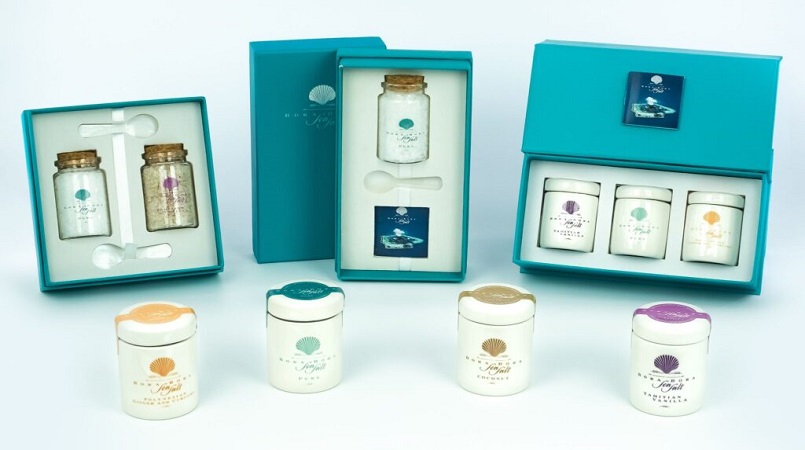
Gourmet salt is experiencing a resurgence in demand, creating opportunity for Pacific salt producers.
Since ancient times, salt has been a valuable commodity. Often referred to as ‘white gold’, its importance stems from its usefulness in preserving food, especially meat and fish.
Salt has been experiencing a renaissance in recent years, with a steadily growing gourmet industry fuelled by growing demand from professional food services and consumer markets.
The focus on high-quality natural salt used for accentuating dishes comes from demand created by professional chefs and home cooks alike, who are beginning to differentiate between different types of salts and a range of uses in the kitchen.
While the global salt market experienced a decline in 2020 due to a drop in supply to food service industries, stable growth of the gourmet salt industry returned as bakeries, restaurants and hotels began reopening, and is expected to continue for the next five years.
Currently the Asia–Pacific gourmet salt market is valued at US$258 million and is estimated to reach US$377 million by the end of 2026.
Gourmet salt comes from naturally harvested raw sea salt. It is not refined and retains a relatively low sodium content. The Asia–Pacific gourmet salt market divides into five product categories: fleur de sel, sel gris, Himalayan, flake, cellular fat and specialty salt.
Fleur de sel accounted for over 35 per cent of the overall gourmet salts market share in 2016. Characterised by irregular, relatively fine crystals, it is widely used in bakery products for seasoning caramels, bread and chocolates, owing to its exotic flavour, high mineral content, better solubility and moisture.
Notably, the rise of the sel gris type will see over 8 per cent compound annual market growth into 2024. Sel gris is a popular salt in the kitchen, where it is used in cooking and as a garnishing product. It is perfectly suited for heartier foods, such as seasoning meats and vegetables, as it does not draw moisture from food.
With its beautiful waters and natural winds, the Blue Pacific is the perfect place to harvest the raw sea salt that is produced into gourmet salt.
As maritime nations, Pacific Island countries often have a negative evaporation rate, that is, the amount of water evaporating exceeds the amount of rainfall by at least 75 cm. This means that salt can be produced by solar evaporation.
The production of solar-powered evaporated, hand-harvested salt means the Blue Pacific can supply some of the purist and most natural sea salt in the world.
In addition, the growing popularity of gourmet salts infused with other flavours has promoted the use of these quality products to enhance the flavours and finish of foods.
From Bora Bora to Fiji, salt producers are making a name for themselves by blending local ingredients such as coconut and hibiscus to produce distinctly Pasifika flavours. The PTI Network works with a range of salt producers throughout the Pacific.
Photo supplied Bora Bora salts
